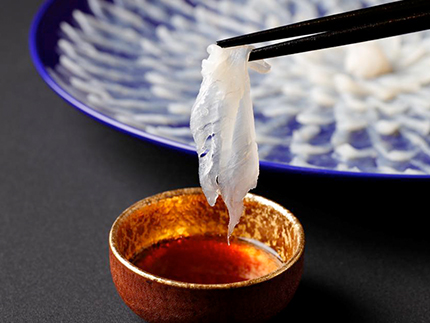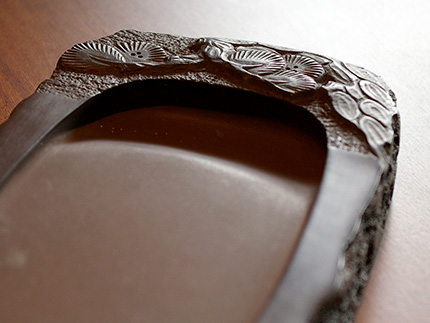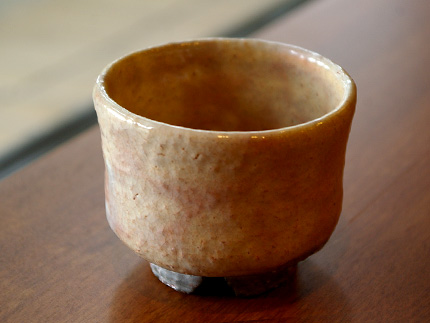- Top
- Shimonoseki Shunpanro Main Restaurant
- Souvenirs
Shimonoseki Shunpanro Main RestaurantSouvenirs
for the restaurant at:
Handy souvenirs

Shunpanro's Original Ponzu sauce 864 yen (Tax included)
In Yamaguchi Prefecture, it has been the most luxurious dish to eat sliced raw fish with bitter orange juice. The special ponzu sauce of Shunpanro uses the rich taste of bitter oranges and then adds pure-brew soy sauce, kelp, and carefully selected dried bonito in a magical balance.
| Kamenokosenbei (Japanese cracker) | 540 yen |
|---|---|
| Torafugu (blowfish) hire (Six pieces) | 864 yen |
| Shunpanrotsubuni (Sea urchin) | 2,700 yen |
| Shunpanrokaburauni (Sea urchin) | 1,620 yen |
| Soup of blowfish (box) | 1,620 yen |
| Soup of blowfish (bag) | 756 yen |
| Unisho-yu (Soy souce) | 972 yen |
| Kadoshimahouraisio (salt) | 648 yen |
* All prices include tax.
High-class souvenirs

Akamatsuduri
Since ancient times, Chinese writers have referred to the brush, Chinese ink, inkstone, and paper as the four stationery treasures. In particular, inkstones were used for many years, so there are many superb items. Akama inkstones have been produced in Akamagaseki, a part of Shimonoseki, and were loved by writers and military commanders in the Kamakura and Edo periods. In particular, when Yoshida Shoin, a spirit in the late Edo period, bid farewell to his family in his will, he also asked them to enshrine the Akama inkstone, that he loved, in his house. It is still enshrined in the Shoin Shrine in Hagi. Feel for yourself the attractive touch of the precious inkstone that has been such an important part of history.
| 10,800 to 86,400 yen (varies by design) |
* All prices include tax.

Hagiyaki (pottery)
The history of Hagi ware traces back to the Azuchi Momoyama period when Oda Nobunaga and Toyotomi Hideyoshi protected Sen no Rikyu and used the tea ceremony for politics, triggering the considerable development of Hagi ware. Hagi ware features the characteristic and unique soft texture that results from loose clay with little densification. The loose clay results in high permeability, water retention, and heat retention. Water permeates the fine cracks (kannyu) on the surface, which are caused by the different shrinkage rates of clay and glaze, and reaches from inside the vessel to the surface. This permeation causes the vessel colors to gradually change as it is used, creating an indescribable refined atmosphere. Most Hagi ware vessels are made in plain shapes, making use of the clay texture. Painting and other types of decoration are very rarely applied. A unique atmosphere is created through the combination of clay composition, glazing level, spatula lines, and brush lines with accidental effects from the flame and other factors during firing.
| 10,800 to 86,400 yen (varies by design) |
* All prices include tax.
Contact us to make a reservation
for the restaurant at:

- Service hours: 09:00–22:00
Contact us to make a reservation for the restaurant at:
Reservation for dining




